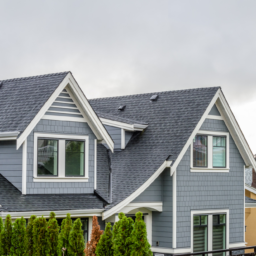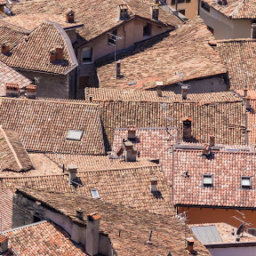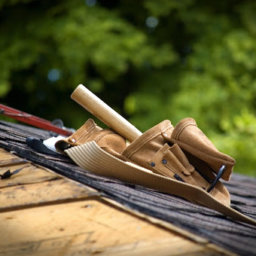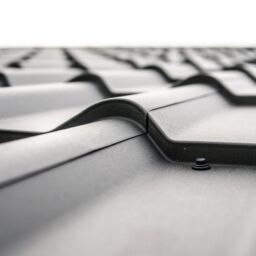It shouldn’t come as much of a surprise to learn that your home’s roof plays a significant part in shielding you and your family from the outside elements. However, heat is a factor that you might not consider. Your home is protected from the damaging effects of the sun’s ultraviolet rays by your roof. Still, after many years of serving in this capacity, the heat can start to deteriorate your roof due to the impacts seriously. But what kinds of issues might be caused by the heat to your roof, and what can you do to protect your roof from being damaged by the heat? These questions and more will be answered in this section.
The Shock of Temperature
The phenomenon known as thermal shock can occur if the temperature of your roof rises to high levels throughout the day and then drops off precipitously as soon as the sun goes set. You can probably assume that materials exposed to thermal stress go through fast expansion and contraction, which causes the roof’s structural integrity to be compromised. Metal presents a unique challenge due to its malleability, which can result in the formation of gaps.
Even though insulation is most commonly associated with the colder months, it may also play a role in helping to keep your roof cool during the warmer months. Insulation has the same role in the summer by preventing heat from escaping through the roof as it does in the winter by preventing heat loss.
Heat
During the warmer months, your home’s roof takes the brunt of the sun’s power and is subjected to a significant amount of heat. Temperatures as high as 65 to 90 degrees Celsius can be reached on an unshaded roof. Asphalt shingles have the potential to melt at these temperatures. This has various negative effects, but it also hastens the process by which UV rays cause damage. Heat will accumulate in your attic if it does not have adequate ventilation, which will cause the temperature inside your home to rise, leading to problems with condensation and an increase in your cooling energy costs and your carbon footprint.
To have polyurethane foam installed atop your roof by a professional, you should call a contractor at an Austin roofing company to come out and take care of it. This renders your roof watertight and shields it from the damaging effects of the sun. Before using this foam to seal your roof, it is necessary to clean the surface of your roof thoroughly.
Mold and Moss Can Flourish in Humid and Warm Environments
People who live in Tennessee have to contend with a high humidity level due to the state’s high average temperature, which creates extremely humid circumstances. Moisture and condensation can condense in the space between your shingles and the underlayment during the summer, leading to leaks in your roof. As soon as the moisture begins to accumulate, it creates an environment favorable for the formation of mold, which puts your family’s health at risk.
Your roofing material might be damaged if it is left exposed to direct sunlight for an extended period. The sun’s rays are more likely to cause harm to older roofs as they get stronger. Asphalt shingles have the potential to deteriorate, bend, or peal. This leaves the surface of the wood below exposed to the elements, including the sun and rain, where it may suffer water damage. If your roof has been in place for more than two decades and you’ve seen substantial balding, you might want to think about replacing it before the summer.
Ultra-Violet Light
Let’s face it, exposure to UV radiation can result in a wide variety of negative effects. If we don’t apply sunscreen, the sun can damage ourselves and our vehicles, furniture, and rugs. The effect that it has on roofs is not any less damaging. The sun beats down on the roof with the least amount of air hindrance during the summer months, but it will continue to do so throughout the year, causing damage whether or not there are clouds in the sky. Asphalt shingles can wilt, split, and cup, while the wood will deteriorate and fracture with time. Wood will bleach and crack.
Homes built on flatter terrain have roofs that are completely exposed to the sun’s intense heat. This decreases the lifespan of your roof and makes heat damage more likely to occur more rapidly. This happens when a significant portion of your roof is exposed to direct sunlight for a lengthy amount of time. On the other hand, a roof with a steeper pitch could be a preferable choice. We are aware that the slope of your existing roof cannot be altered; however, this is something to think about regarding any future properties that you may purchase.
Conclusion
We hope that you now agree that the intense heat of summer can pose a significant risk to the integrity of your roof. In the future, we hope that you will be on the lookout for any potential warning signs of heat damage and that you will take measures to prevent heat damage in the future so that your roof and your home as a whole may continue to be as healthy as possible.










